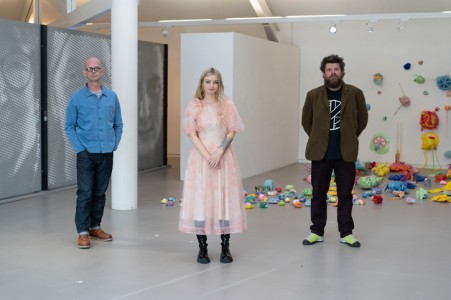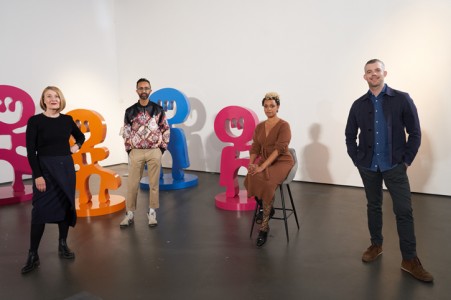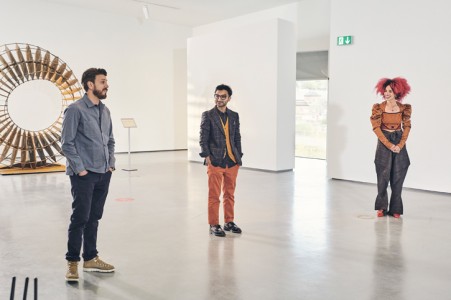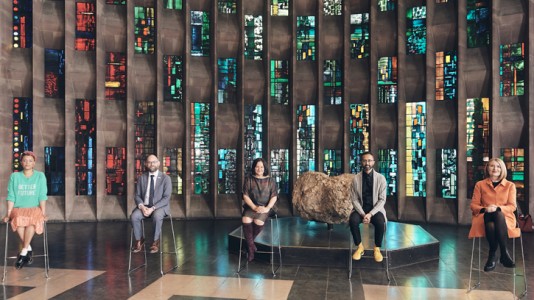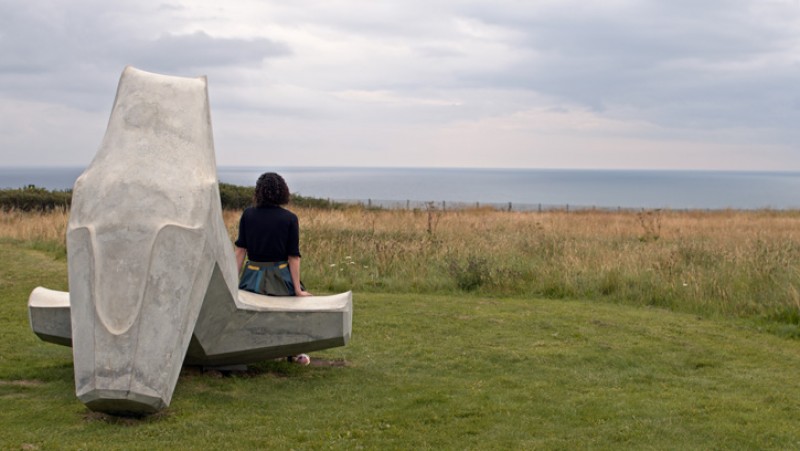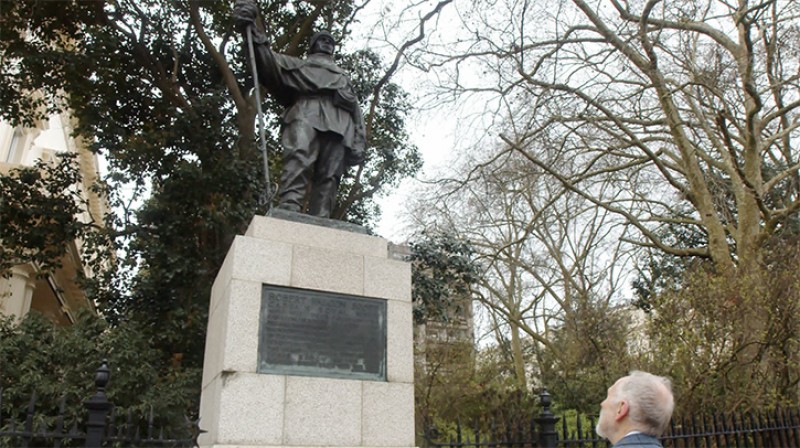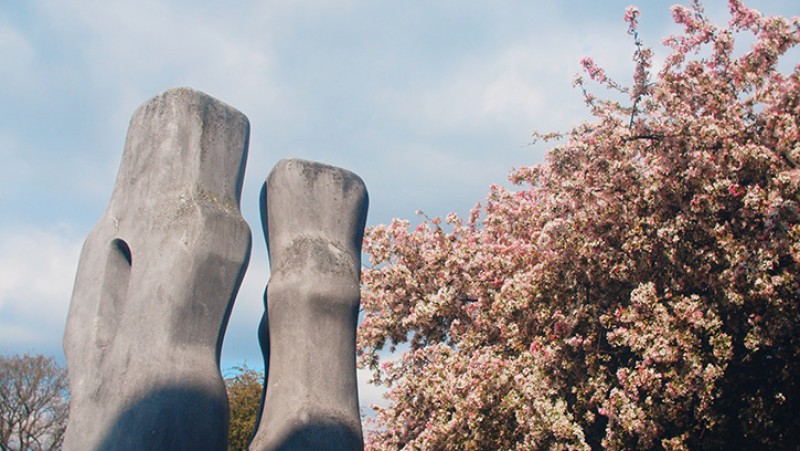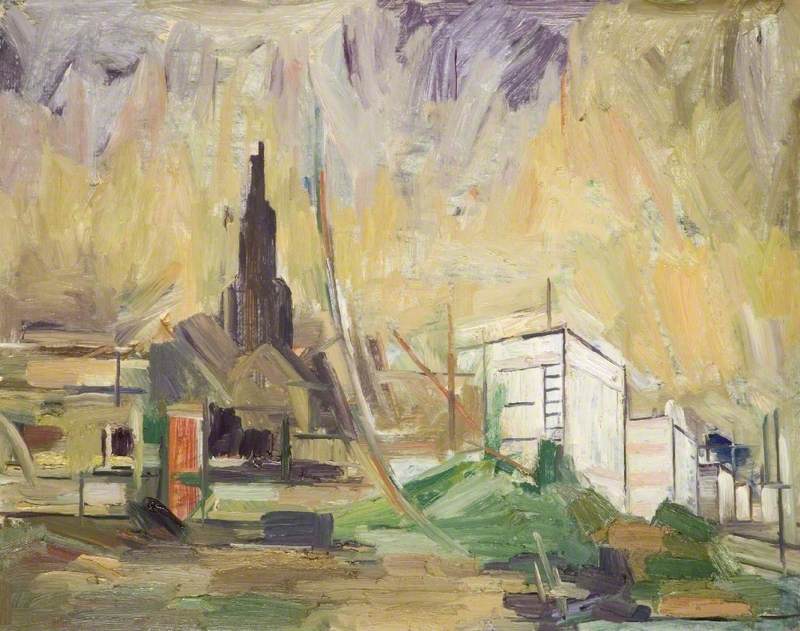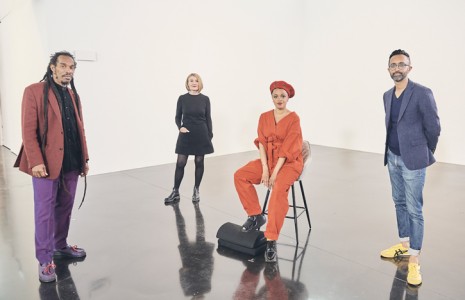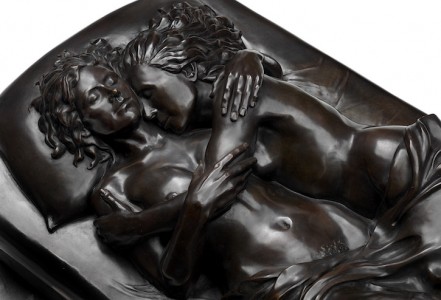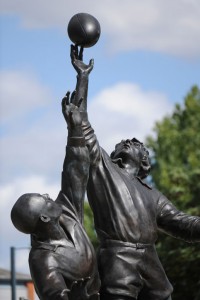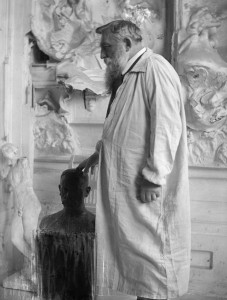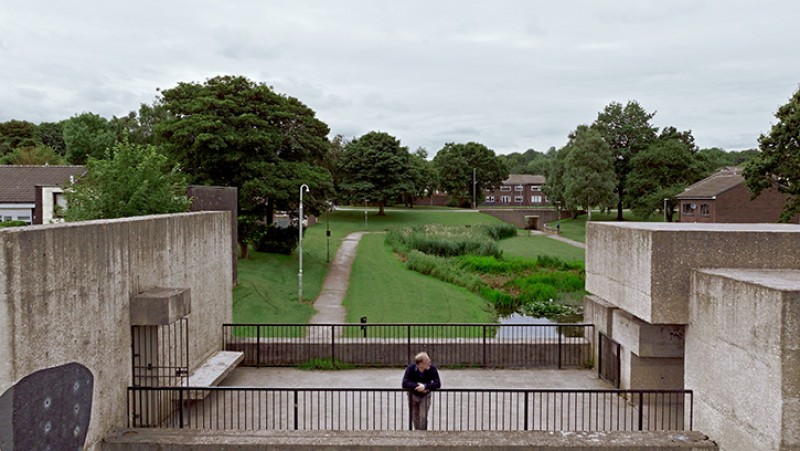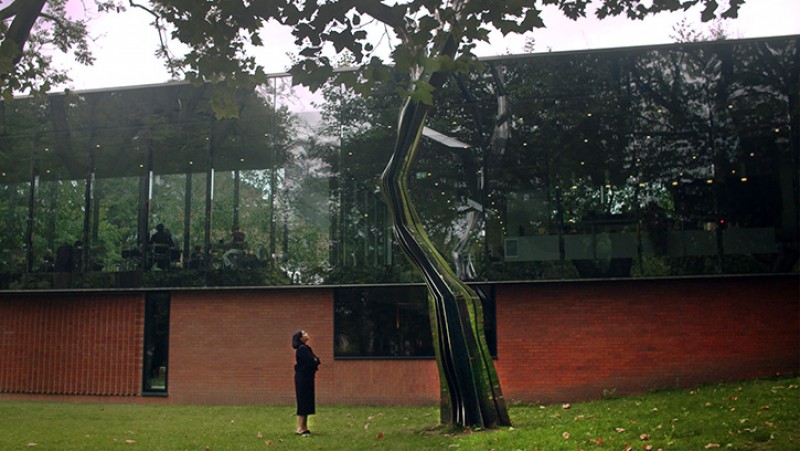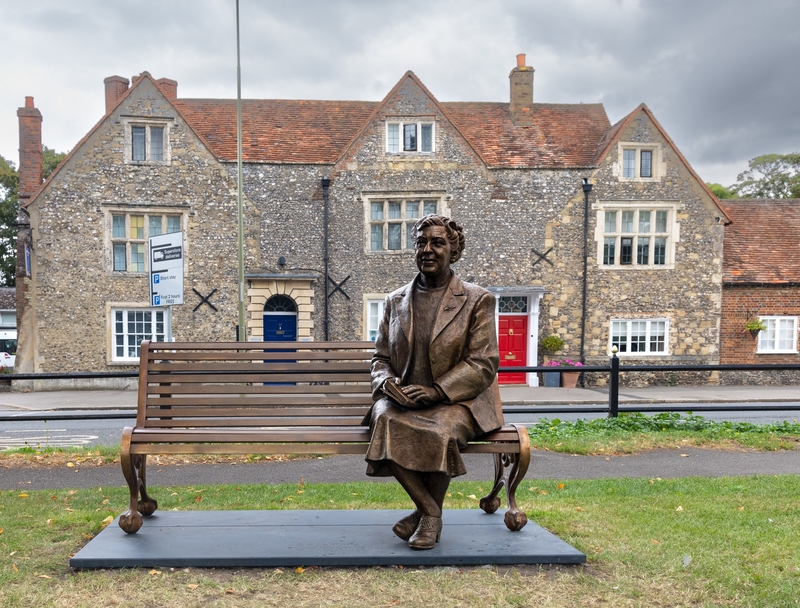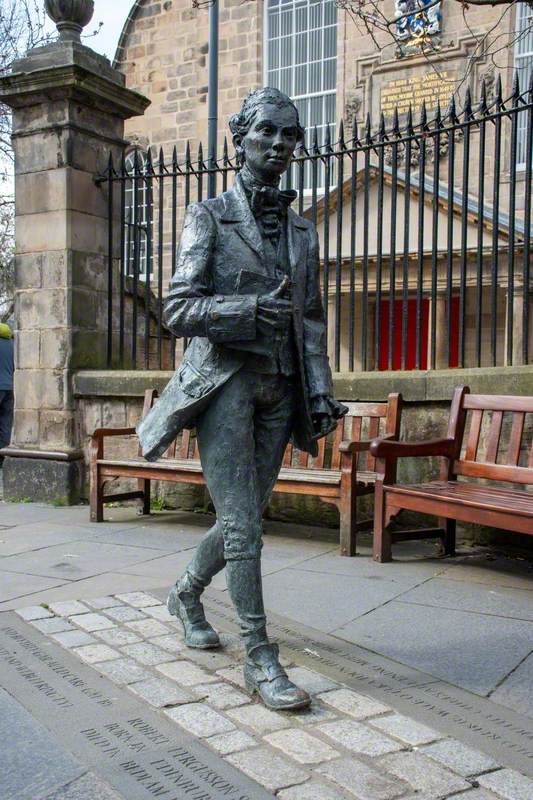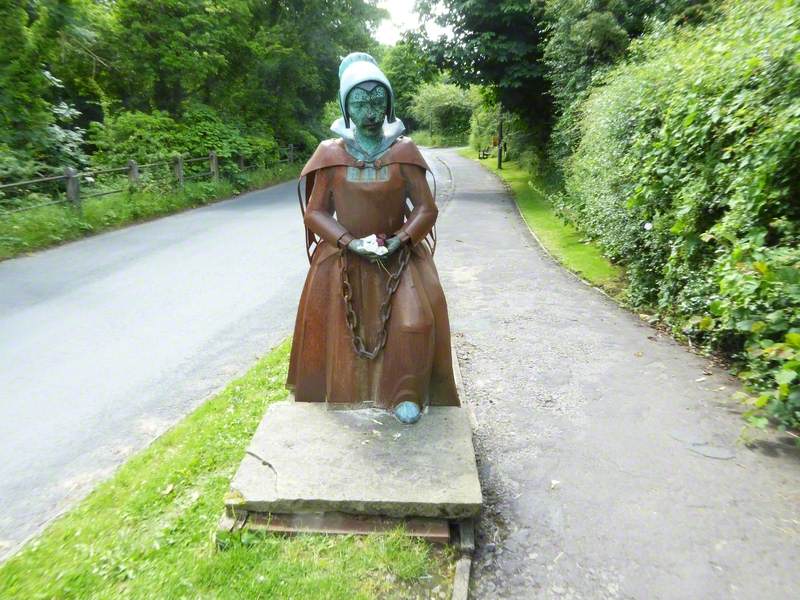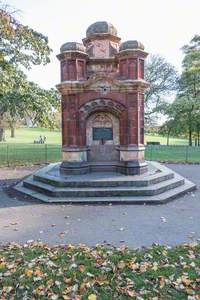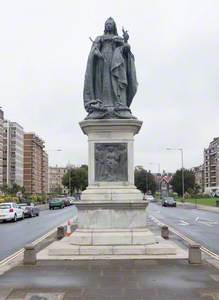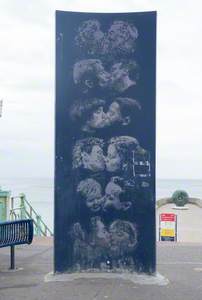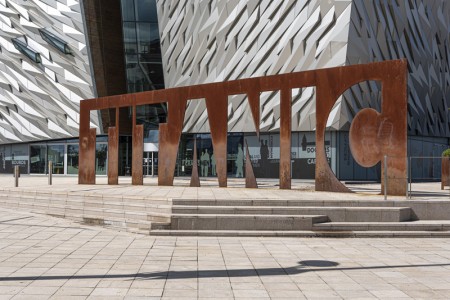A city with a historically rich culture, Brighton was once a fashionable seaside escape for English refined society during the Georgian era. It was also the much-loved home of George IV, the Prince Regent, whose Royal Pavilion remains as a reminder of that past. Today it is proudly the (unofficial) LGBTQI+ capital of Britain.
For the past few centuries, Brighton has maintained a reputation for being one of the most vibrant cities in the UK. So how does its public sculpture reflect the town's unique identity?
Here are eleven outdoor sculptures you can see when you visit Brighton and the surrounding area.
1. Victoria Fountain
In 1837, Queen Victoria became the reigning monarch of Great Britain and Ireland. However, the Brighton Town Commissioners rejected the proposal to build a fountain in her honour. Instead, a local surgeon called John Cordy Burrows commissioned Brighton's celebrated Regency architect and sculptor Amon Henry Wilds to create the public foundation, paying him £1,100. In the end, the fountain was revealed in 1846, marking the Queen's 27th birthday.
Burrows became mayor of Brighton – a position he held three times – and was knighted by Queen Victoria in 1873. The 1870s were years of great population and cultural expansion for Brighton, with the first museum opening in 1874.
2. Jubilee Clock Tower
In 1888, the Jubilee Clock Tower was built to celebrate the Golden Jubilee of Queen Victoria, marking 50 years since the start of her reign (which was actually in 1837, so they were a year late!).
Apparently, the clock made so much noise every hour that, eventually, its hydraulically operated copper sphere was removed.
3. Monument to John Frederick Ginnett
Monument to John Frederick Ginnett
c.1892
Edwin Roscoe Mullins (1848–1907) 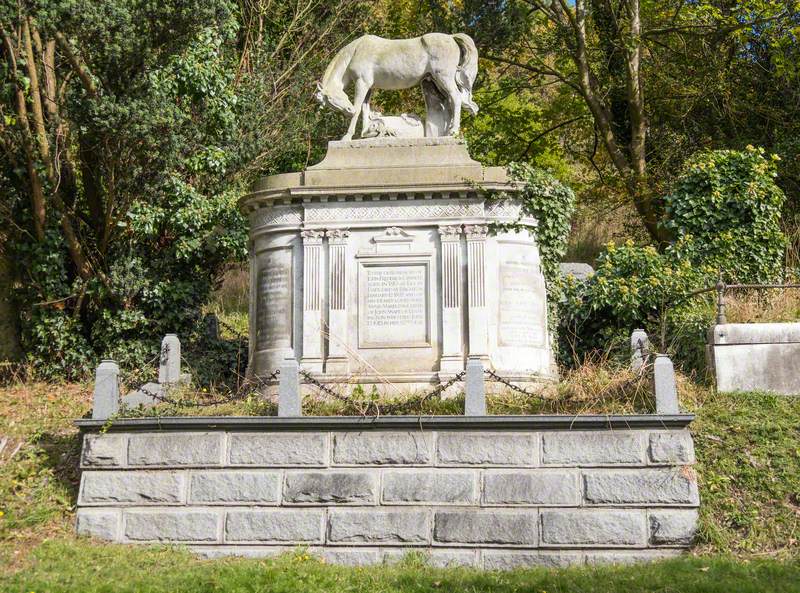
This monument, dating back to 1892, was created for John Frederick
Still running today, the
The last of Ginnett's sons to be buried in this grave was Louis John Ginnett (1875–1946), a well-known portrait painter who taught at the Brighton College of Art. Some of his works are in UK public collections.
4. Queen's Park Drinking Fountain
In 1893, this grey-and-pink granite drinking fountain was built. The square design was influenced by the Tudor and Elizabethan styles, though it also bears a passing resemblance to Mughal architecture.
5. Queen Victoria (1819–1901)
Technically not in Brighton, but Hove, this life-size bronze sculpture of Queen Victoria wearing her royal regalia with crown and veil, sceptre and orb in each hand was sculpted by Thomas Brock (1847–1922). Brock is possibly most famous today for creating the iconic Victoria memorial which stands in front of Buckingham Palace on The Mall.
According to legend, he was knighted on the spot by George V in 1911 after being stupefied by Brock's impressive, gigantic memorial to Queen Victoria (his grandmother). Brock had completed the statue of Prince Albert in Kensington's Albert Memorial after the original sculptor died, and he made various other Queen Victoria statues. He also sculpted the statue of John Everett Millais outside of Tate Britain. Watch out for more of his work coming onto Art UK soon.
6. Chattri Monument
The Chattri Monument (chhatri means 'canopy') stands on the South Downs north of Brighton and marks the site where 53 Hindu and Sikh Indian soldiers were cremated, after dying in battle during the First World War.
Built with Sicilian marble, the monument was designed by the Indian architect Elias Cosmas Henriques (1889–1940).
During the First World War, thousands of wounded combatants, including those from across the British Empire, were brought to military hospitals set up in Brighton. George V had decreed that Indian soldiers should be treated in the famous Royal Pavilion.
7. Brighton War Memorial
Created by Sir John William Simpson (1858–1933), the Brighton War Memorial's design was based on that of a Roman water garden.
Simpson's design features a large memorial pool with a fountain in the centre. At one end of the pool is a colonnade of four-sided stone columns in a stepped U-shape. The names of men and women who served and died during the First World War are listed on two bronze pillars. Simpson was thePresident of the Royal Institute of British Architects from 1919 to 1921. He is perhaps most famous (depending on your interests) for building the original Wembley Stadium, and the Kelvingrove Art Gallery and Museum in Glasgow.
8. War Memorial – Saint George
War Memorial – Saint George
1921–1922
Edwin Landseer Lutyens (1869–1944) 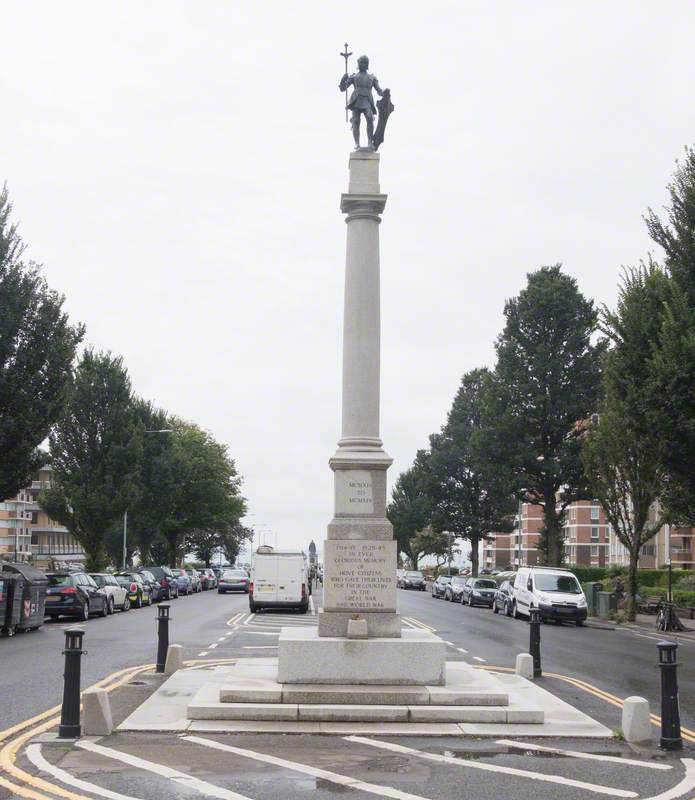
Again, we return to Hove. Another sculpture erected to commemorate those who fought during the First World War was Edwin Landseer Lutyens' War Memorial – Saint George (1922). The artist also created the Cenotaph in Whitehall, London, perhaps the UK's most well-known commemorative sculpture for those who died in the First World War.
9. Indian Gate
Brighton's Indian Gate (1921) stands at the entrance to the Royal Pavilion Gardens, the site originally built by George, Prince of Wales in 1787. The gate was constructed to commemorate the military hospitals established in Brighton during the First World War, which saw at least 12,000 Indian troops housed in the seaside town. It was unveiled to the public by the Maharajah of Patiala, Bhupinder Singh, who during a ceremony on 26th October 1921, unlocked the gate with a gold key.
10. Kiss Wall
Jumping ahead in time, this iconic, large-scale work by Bruce Williams (b.1951) was commissioned by the Brighton Festival Trust and opened to the public in July 1992.
The four-metre-high column depicts photographs of six kissing couples of different ages and genders. It encapsulates Brighton's diverse community, celebrating all forms of love whether romantic (heterosexual and homosexual) or familial.
11. Tay (AIDS Memorial)
In 2007, Tay (AIDS Memorial) was unveiled in New Steine Gardens, Brighton, created by Romany Mark Bruce (b.1960). Bruce was motivated to create this sculpture after the death of his friend, Paul Tay, in 1992.
Planned to coincide with World AIDS Day, the unveiling of the sculpture was delayed when the clay frame collapsed, which meant Bruce had to start the sculpture from scratch. In the end, it was unveiled by filmmaker David Furnish (Elton John's husband) in a ceremony in 2009.
The large-scale sculpture shows entwined lovers, echoing the shape of the AIDS awareness ribbon.
The sculpture is apt considering Brighton's status as the LGBTQI+ capital of the UK, a city that has come to symbolise equality, tolerance and diversity.
Lydia Figes, Content Creator at Art UK
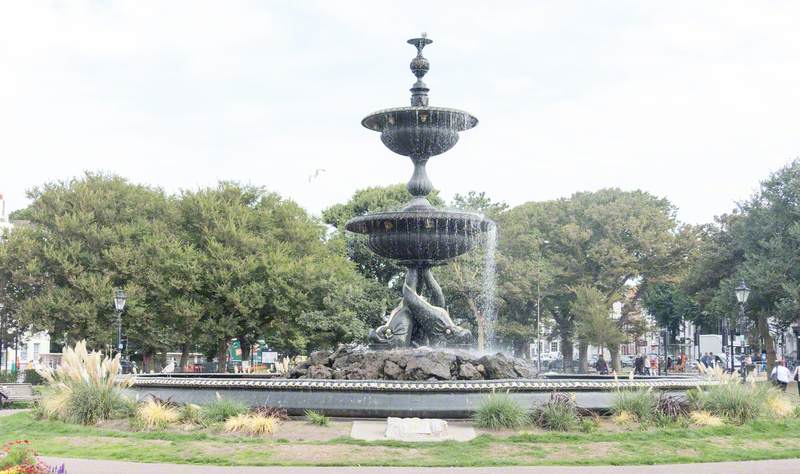
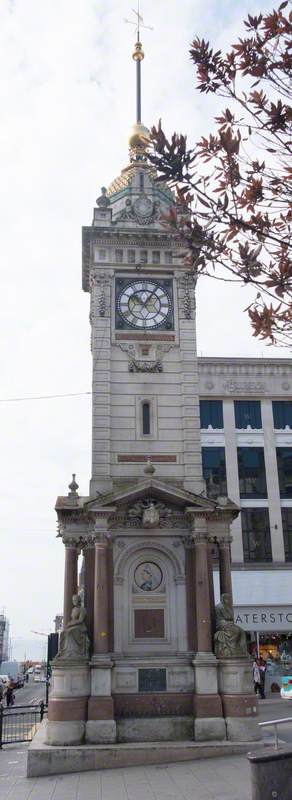

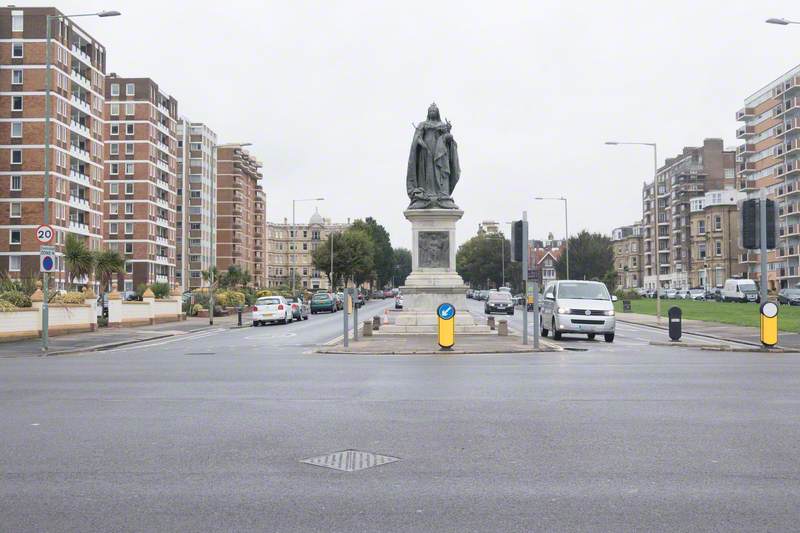
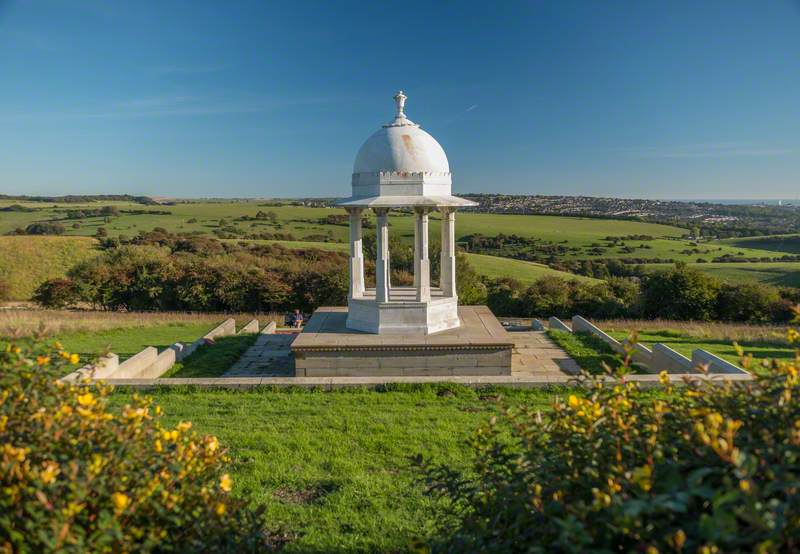
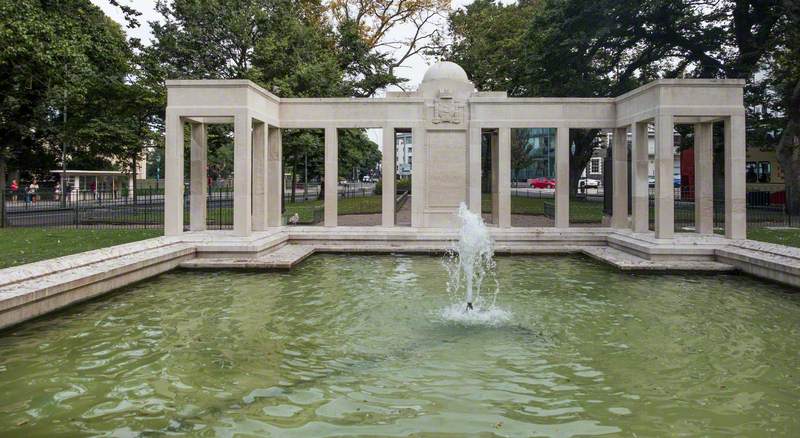


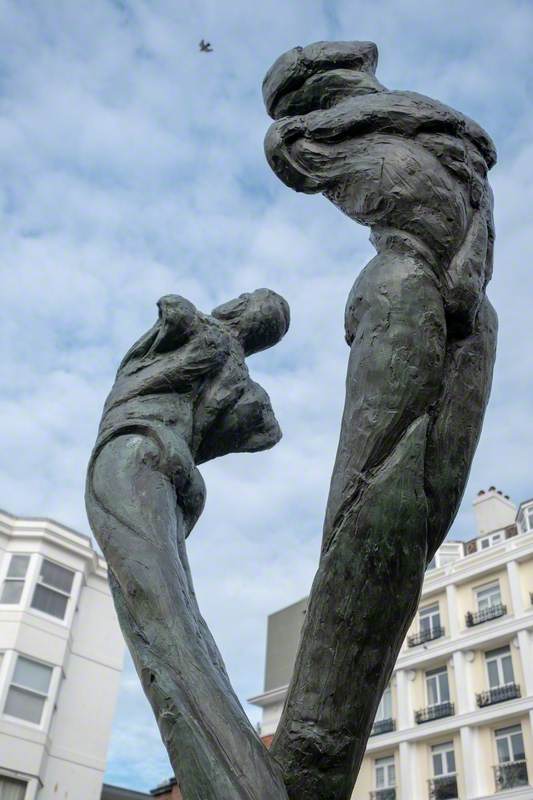



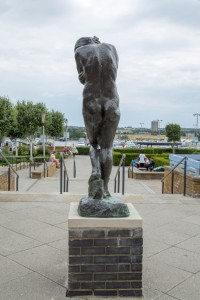
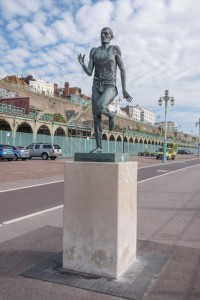
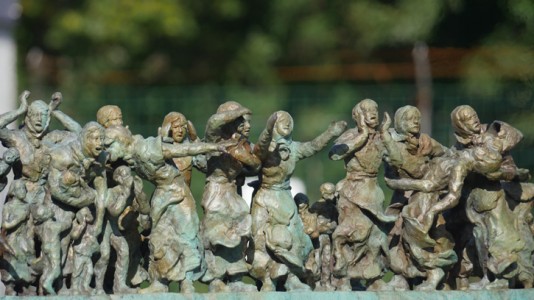

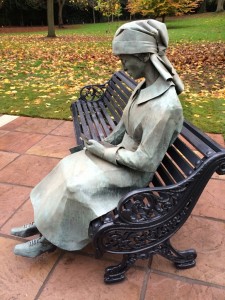
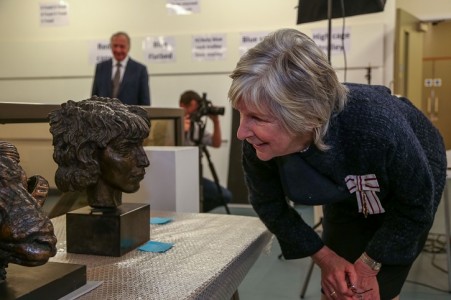
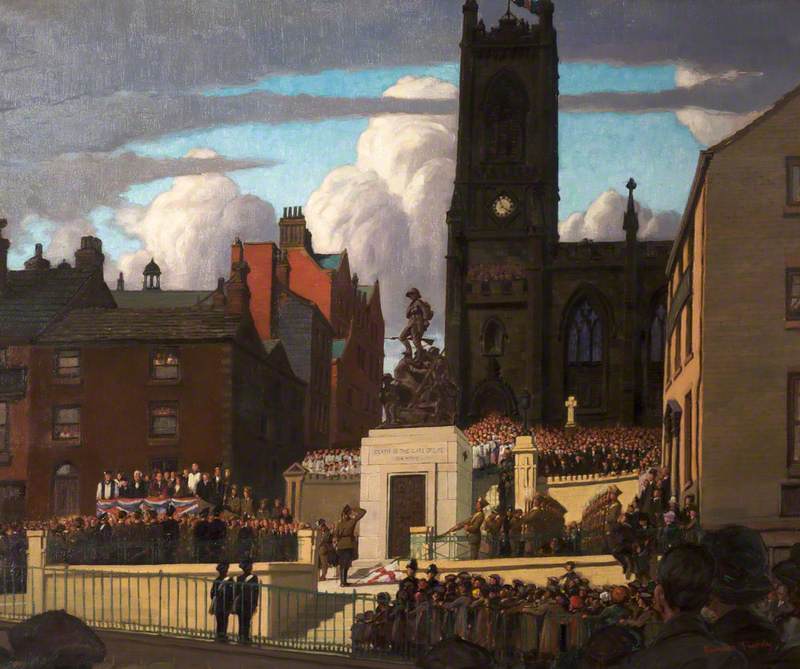

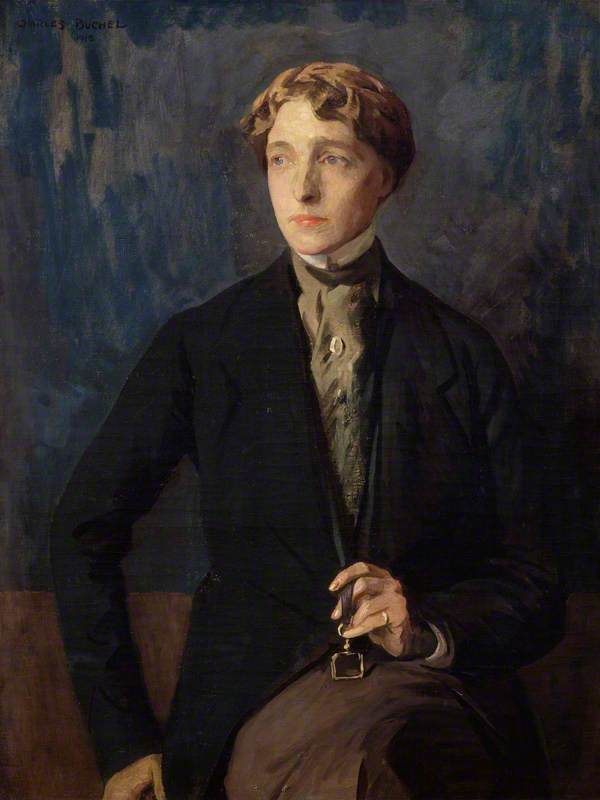

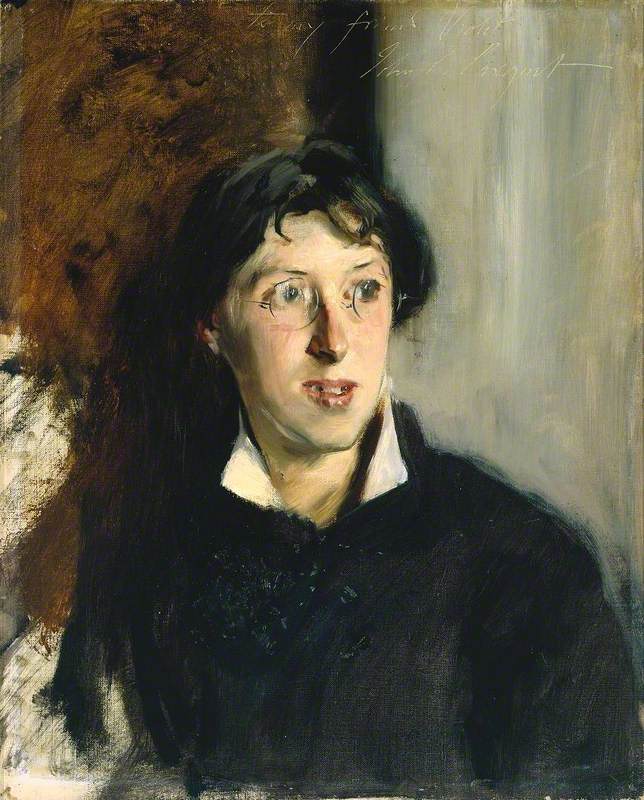

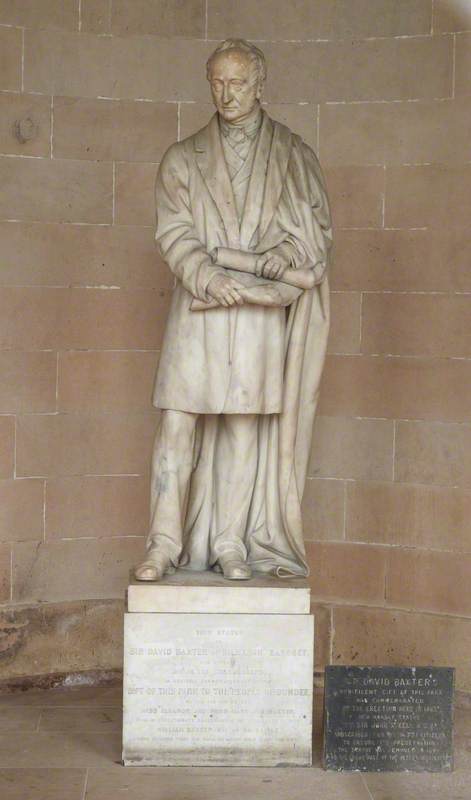
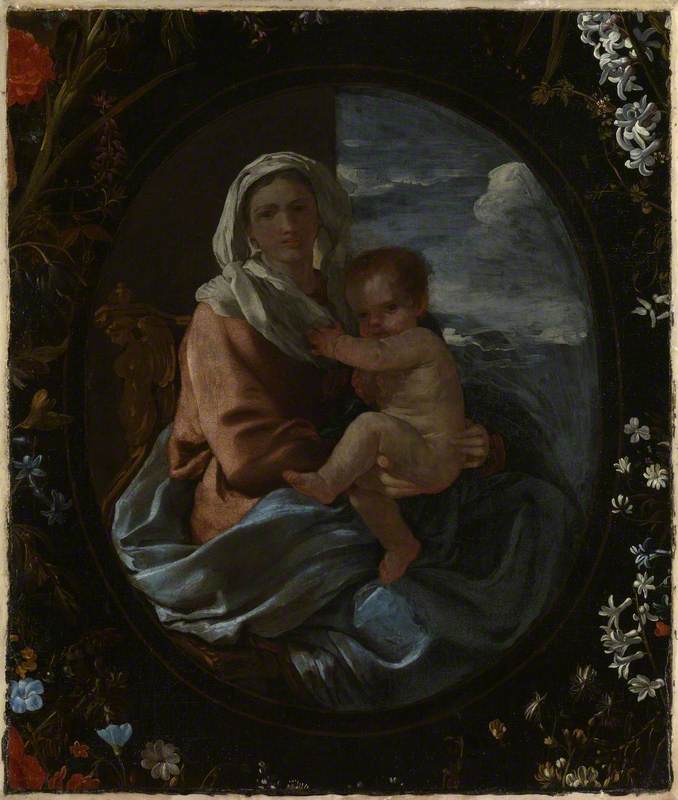

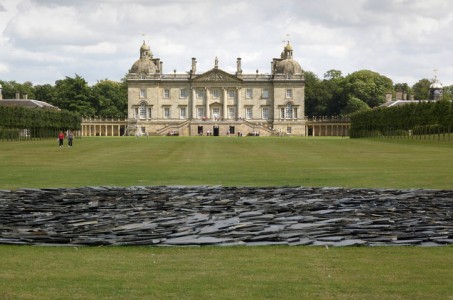
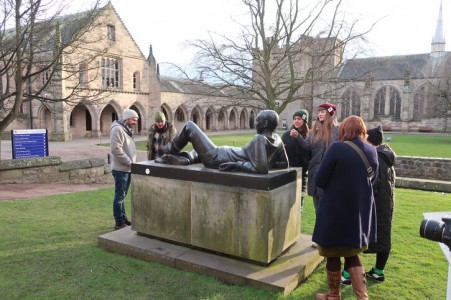
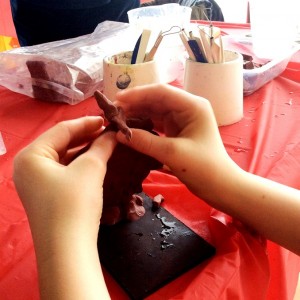
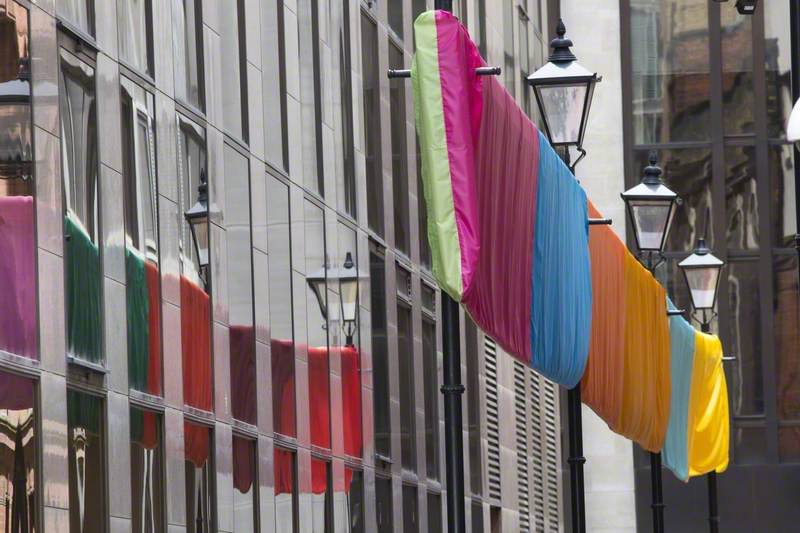

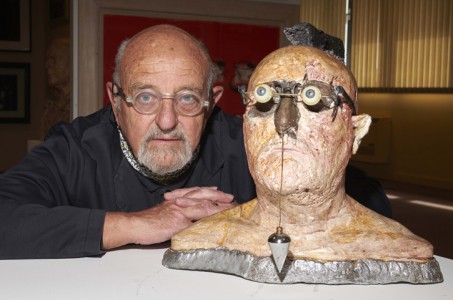

.jpg)
